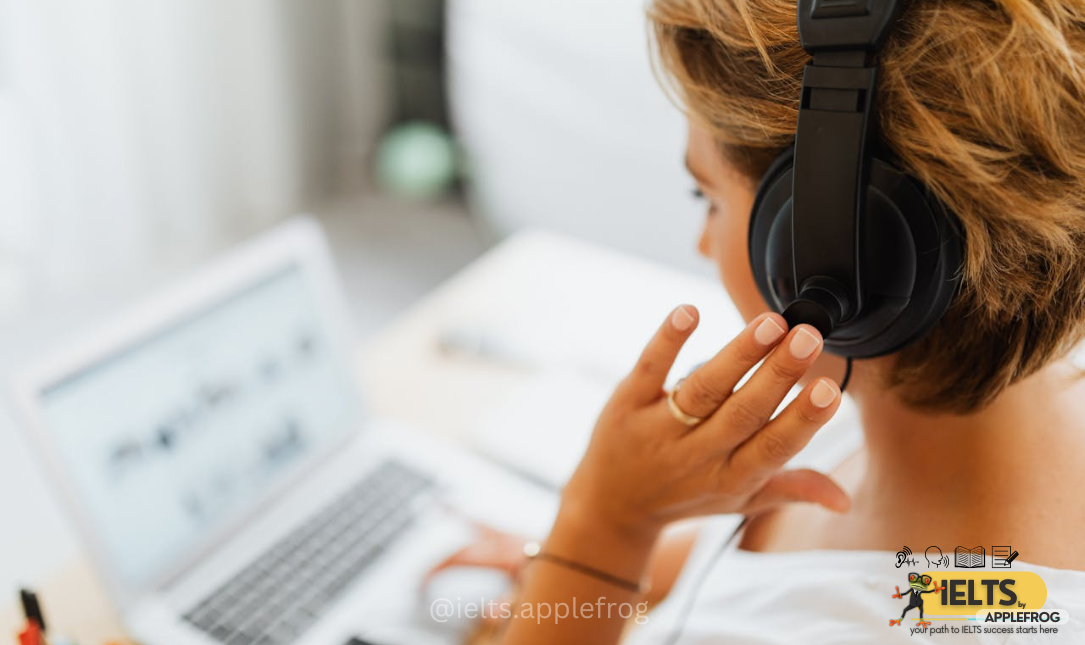
The IELTS Exam: An Overview
The IELTS Exam evaluates your proficiency in the four essential language skills: listening, reading, writing, and speaking in English. The first component of the exam is the Listening Test, where you will listen to four recordings and answer a total of 40 questions. Each section contains 10 questions, testing your ability to grasp information, follow ideas, and understand spoken English from native speakers.
The listening audio lasts 30 minutes. During this time, you’ll listen to the audio and jot down your answers on the question paper. If you’re taking the paper-based test, you’ll get an additional 10 minutes to transfer your answers to the answer sheet. For computer-based tests, you’ll have an extra 2 minutes to review your responses.
The Listening section is considered one of the easiest to improve your band score. Make sure to utilize available resources, such as practice answer sheets, to get familiar with the format.
Understanding the Listening Answer Sheet
Filling Out the Answer Sheet
- Use a pencil to fill out the form clearly.
- At the top of the sheet, enter your centre number, which may include both letters and numbers. For example: MD850 Madrid, where “MD850” is the centre code, and “Madrid” is the city.
- Write your full name in capital letters, exactly as it appears on your passport.
- Fill in your candidate number, which will be provided at the test centre.
- Indicate the date (day, month, and year) by shading the corresponding boxes.
Writing Your Answers
- Answers must be written clearly in the leftmost part of the answer box, near the serial number.
- Avoid writing in the “Marker use only” section or any examiner-specific areas at the bottom of the sheet.
- Use a dark, sharpened pencil for clarity.
Key Tips for the IELTS Listening Exam
- Read all instructions carefully before starting the test.
- Write your full name in capitals on the answer sheet.
- Use a pencil for writing answers.
- During the audio, write your answers on the question paper.
- For paper-based tests, utilize the 10-minute transfer period to write answers on the answer sheet and check for spelling errors.
- If you miss an answer, stay calm and move to the next question.
- Always attempt all questions, even if you’re unsure of the answers.
Exam Instructions You’ll Receive
- Do not open the question paper until instructed.
- Write your full name and application number at the top of the page.
- Write answers on the question paper as you listen to the audio.
- At the end of the audio, transfer your answers onto the answer sheet within the allocated time.
Practicing for the Listening Test
During the IELTS Listening Test, the recording is played only once. Therefore, it’s crucial to focus entirely on the audio, read the questions, and write answers simultaneously. Regular practice using official resources, such as the IELTS Listening Answer Sheet and downloadable e-books, can help you prepare effectively.
How to Practice
- Listen to a variety of English accents using e-books and online recordings.
- Simulate the actual test environment by practicing on the official answer sheet.
- Develop your ability to transfer answers efficiently during the 10-minute period without errors.
With consistent practice and strategic preparation, you can approach the Listening section confidently and improve your chances of achieving a high band score.












 Here can be your custom HTML or Shortcode
Here can be your custom HTML or Shortcode
0 Comments